I was 28 years old when I made a financial decision that cost me over $50,000. It nearly broke my future.
You might think I’m talking about a bad investment or getting scammed. Nope. I bought a car. An expensive car.
A 2024 NerdWallet survey found that nearly 7 in 10 Americans (69%) have financial regrets for the year, with regrets centered around not saving sufficiently and overspending.
Like these 69% people, I learned the hard way that one big mistake can mess up your life for years. But here’s the thing—that mistake also taught me everything I know about money.
If you’ve ever made a financial decision you regret, this story is for you. You’ll learn exactly what I did wrong, how it wrecked my finances for five years, and the specific lessons that changed my life.
How I Convinced Myself to Waste $50,000
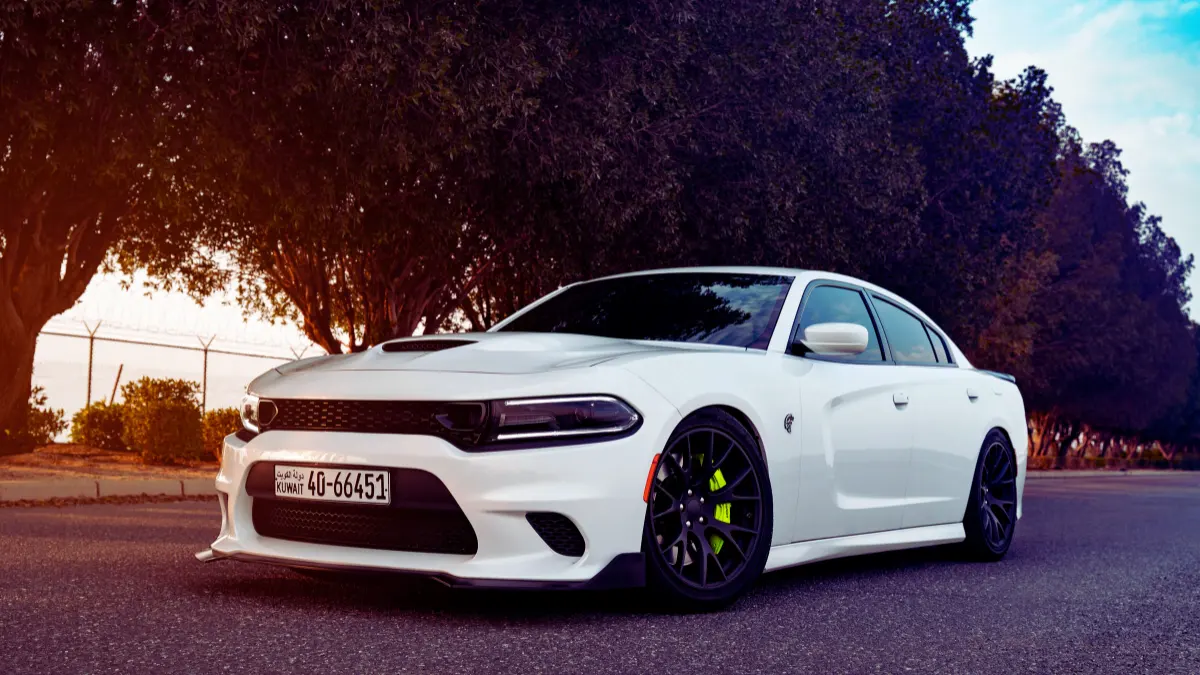
It started with a promotion.
I got my first big raise at 28. Suddenly, I was making $75,000 a year instead of $45,000. I felt rich. I felt successful. And I wanted everyone to know it.
That’s when I saw the car.
It was a brand-new BMW 3 Series. Sleek black paint. Leather seats. The works. The monthly payment was $850. Add insurance, and I was looking at over $1,000 a month.
“You can afford it,” the salesman said. “You make good money now.”
I believed him. I convinced myself this was a smart purchase.
My terrible logic:
- “I need reliable transportation” (my old Honda worked fine)
- “It’s practically an investment” (cars lose value, genius)
- “I work hard; I deserve nice things” (debt isn’t a reward)
- “Everyone at work has nice cars” (everyone at work was probably broke, too)
I signed the papers. I drove off the lot feeling like I’d made it.
I was wrong. Dead wrong.
The Real Cost of My Stupid Decision
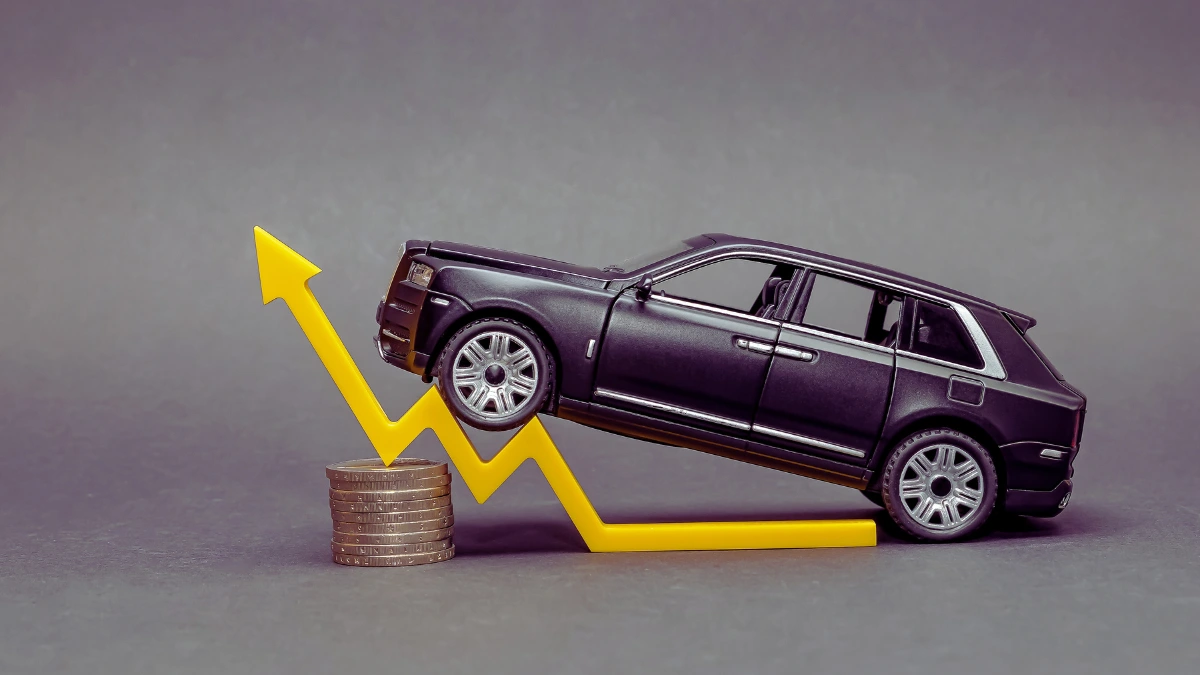
Here’s what that car cost me over five years:
- Monthly payments: $850 for 72 months = $61,200
- Insurance: $300/month for luxury car insurance = $18,000
- Maintenance: BMW repairs aren’t cheap = $8,000
- Premium gas: $3,600 more than regular gas
- Registration and fees: $2,000
Total cost: $92,800. Car’s value after 5 years: $28,000. Money I lost: $64,800.
But that’s not even the worst part.
If I’d bought a reliable used car for $15,000 and invested the rest, here’s what would have happened:
$50,000 invested in index funds at age 28 would be worth about $400,000 when I retire at 65.
I traded my retirement for a car that impressed nobody.
What My Mistake Taught Me About Money Psychology
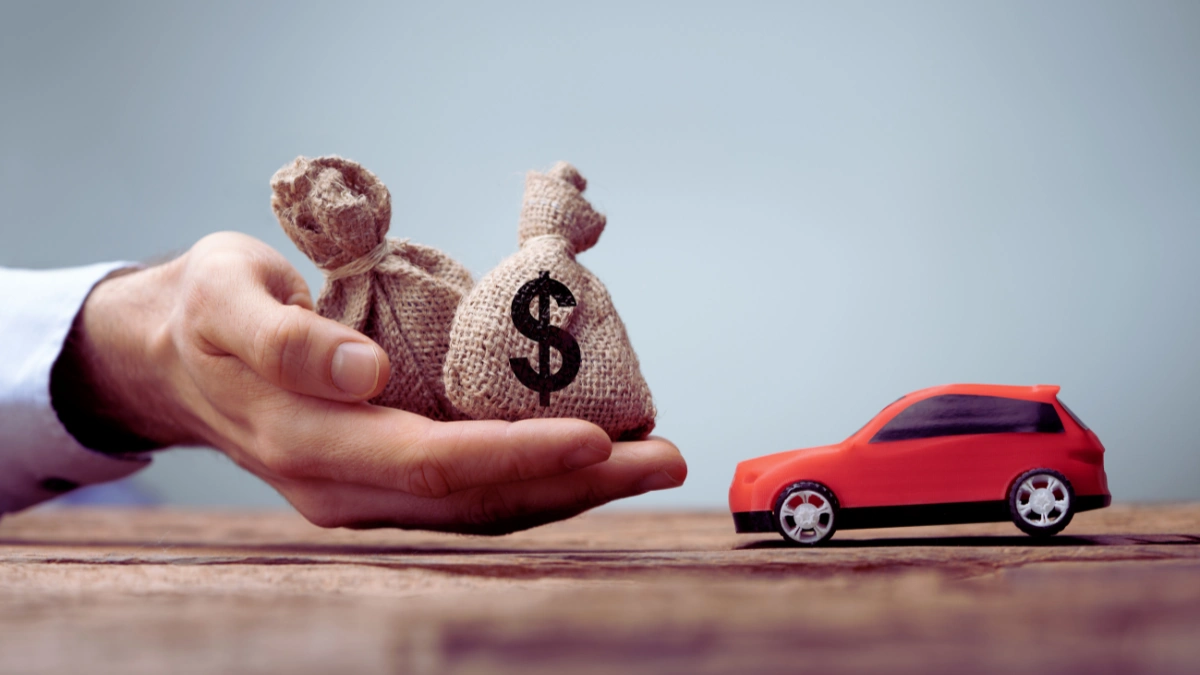
For months after buying the BMW, I defended my decision. I had to. Admitting I was wrong meant admitting I was an idiot.
But eventually, reality hit. Here’s what I learned about my money psychology:
- I bought status, not transportation. I wanted people to think I was successful. The car was a $1,000-a-month billboard advertising my insecurity.
- I confused “can afford the payment” with “can afford the purchase.” I could make the monthly payment. That doesn’t mean I could afford to lose $50,000.
- I made an emotional decision and used logic to justify it. I wanted the car. Then I invented reasons why it made sense.
- I had no real financial goals. I wasn’t saving for a house. I wasn’t building wealth. I was just spending money because I had it.
- I didn’t understand opportunity cost. Every dollar spent on car payments was a dollar that couldn’t grow into wealth.
The car made me feel successful for about a week. Then it just made me broke.
How My “Investment” Destroyed My Financial Life
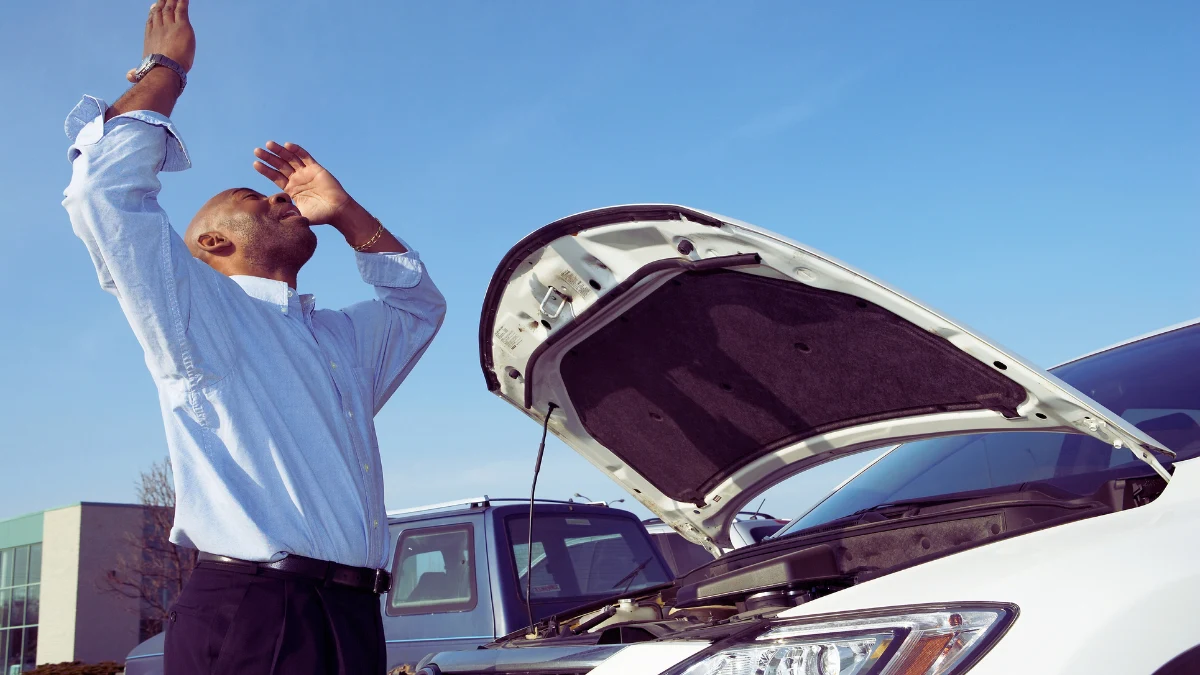
The BMW didn’t just cost me money. It destroyed my ability to build wealth for years.
- I couldn’t buy a house. When I tried to get a mortgage two years later, my debt-to-income ratio was too high. The car payment made me look risky to lenders.
- I had no emergency fund. When my laptop died, I put the replacement on a credit card. When I got sick and missed work, I stressed about money. The car payment ate up money that should have been savings.
- I couldn’t take career risks. A startup offered me equity instead of a salary. I had to turn it down because I needed the guaranteed income for car payments. That startup went public three years later.
- I lived paycheck to paycheck despite making good money. 52% of Americans live this way, but I didn’t expect to be one of them with a $75,000 salary.
- My relationships suffered. Money stress affected everything. Fights with my girlfriend about spending. Anxiety about bills. The constant worry that comes with having no financial cushion.
The car sat in my driveway looking pretty. But it made every other part of my life harder.
The Moment I Realized I Had to Change

The wake-up call came when I was 30.
My college roommate bought his first house. My younger sister started investing. My coworkers talked about their 401k balances.
Meanwhile, I had a nice car and $400 in my checking account.
I did the math on what I’d spent on that BMW. Then I calculated what I could have earned if I’d invested that money instead.
The number made me sick.
I’d traded my financial future for a status symbol. And for what? Nobody cared what I drove. Nobody was impressed. I was the only one keeping score.
That night, I made a decision. The car had to go.
How I Fixed My Biggest Money Mistake

Getting out of the hole took three years. Here’s exactly what I did:
Year 1: Faced reality
- Calculated the true cost of my mistake
- Created a bare-bones budget
- Started a side hustle doing freelance writing
- Built a tiny emergency fund ($1,000)
Year 2: Made the hard choice
- Sold the BMW (yes, I took a huge loss)
- Bought a reliable used Honda for $8,000 cash
- Used the freed-up money to pay off credit card debt
- Increased my emergency fund to $5,000
Year 3: Rebuilt my finances
- Saved enough for a house down payment
- Started investing in index funds
- Automated my savings so I couldn’t spend it
- Learned everything I could about personal finance
The hardest part wasn’t the budgeting or the side hustle. It was admitting I’d been wrong. I was driving a 10-year-old Honda while my coworkers had new cars.
But you know what? That Honda got me to work just as well as the BMW did. And it left me with $800 extra every month to build wealth instead of impressing strangers.
The Five Money Rules My Mistake Taught Me

My BMW disaster taught me five rules I still follow today:
Rule 1: Cars Are Tools, Not Status Symbols
Buy reliable used cars with cash. A 3-year-old Honda Civic gets you places just as well as a new BMW. But it costs half as much and holds its value better.
I drive a 2019 Toyota Camry now. It’s boring. It’s reliable. It was paid for in cash. Most importantly, it doesn’t stop me from building wealth.
Rule 2: Wait Before Big Purchases
I now wait 30 days before buying anything over $500. Most of the time, I realize I don’t want the thing.
That waiting period saves me thousands every year.
Rule 3: Calculate the True Cost
Before buying anything expensive, I calculate what that money could earn if invested instead.
Every $1,000 I spend instead of investing costs me about $17,000 over 30 years (assuming 10% returns). That BMW cost me my retirement.
Rule 4: Buy Assets, Not Liabilities
Assets put money in your pocket. Liabilities take money out.
The BMW was a liability that cost me $1,000 a month. My index funds are assets that make me money while I sleep.
Rule 5: Automate Good Habits
I pay myself first now. 20% of my income goes to savings and investments before I can spend it on anything else.
If you don’t see the money, you won’t spend it.
Why My Biggest Mistake Became My Best Teacher

That BMW was the worst financial decision I ever made. It was also the most important.
Without that mistake, I might have spent my whole life making smaller versions of the same error. I might have upgraded my apartment every time I got a raise. I might have financed furniture and vacations, and anything else that made me look successful.
Instead, I learned these lessons at 28-30 instead of 58.
I learned that stuff doesn’t make you happy. Building wealth does.
I learned that looking rich and being rich are opposite things.
I learned that the best time to start building wealth is right now, no matter how badly you’ve screwed up.
Most importantly, I learned that everyone makes money mistakes. The difference between people who build wealth and people who stay broke is simple: wealthy people learn from their mistakes and change their behavior.
What I Want You to Learn From My Mistake
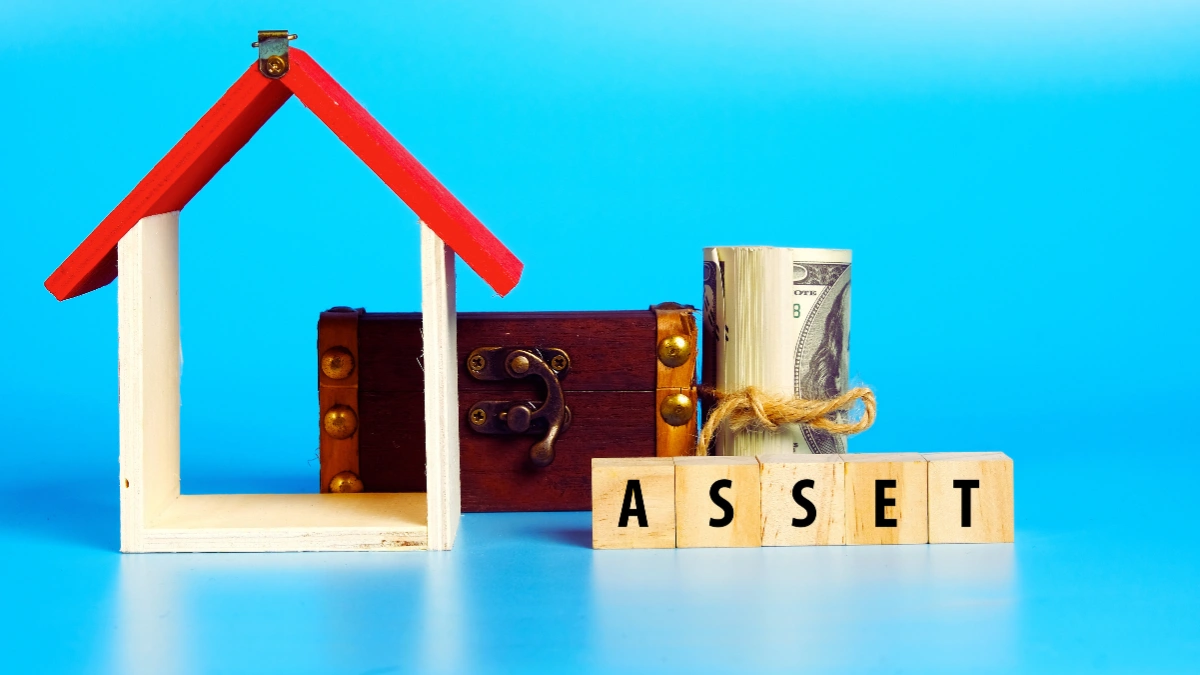
Your money mistakes don’t define your future. But what you do next does.
If you’ve made financial decisions you regret, you’re not alone. 69% of Americans had financial regrets in 2024. The key is learning from those mistakes instead of repeating them.
Here’s what my $50,000 lesson taught me about money:
- Start investing early. Time is your biggest advantage. A 25-year-old who invests $200 a month will have more at 65 than a 35-year-old who invests $400 a month.
- Live below your means. Just because you can afford the payment doesn’t mean you can afford the purchase.
- Buy assets, not status symbols. Focus on things that make you money, not things that make you look rich.
- Have an emergency fund. Life happens. Be ready for it.
- Automate good habits. Pay yourself first. If you don’t see the money, you won’t spend it.
The BMW is long gone now. But the lessons it taught me are worth more than the money it cost me.
I just wish I’d learned them more cheaply.

